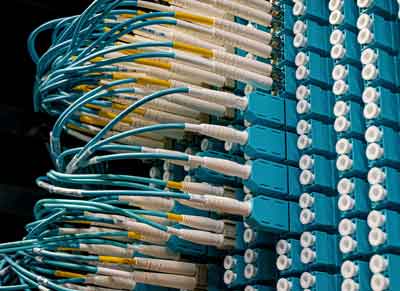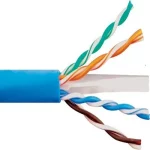The fiber optic Cabling market has experienced significant growth in recent years, driven by increasing demand for high-speed internet, advancements in telecommunication infrastructure, and the widespread adoption of fiber-to-the-home (FTTH) and fiber-to-the-building (FTTB) services.
- Market Growth:
In 2020, the global fiber optic market size was valued at approximately USD 9.1 billion. The market had been experiencing steady growth, with a compound annual growth rate (CAGR) of around 5% between 2016 and 2020. This growth was primarily attributed to the increasing demand for high-speed internet, data center expansions, and advancements in telecommunication infrastructure.
- Predictions:
Based on the trends observed up to March 2023, the fiber optic market was expected to continue growing at a significant rate. Analysts predicted that the market would reach a value of around USD 13.3 billion by 2026, with a CAGR of approximately 6.6% between 2021 and 2026. As per further estimates, the fiber optics market is expected to experience significant growth over the next decade, according to a report by Grand View Research Inc. The report predicts that the global fiber optics market will reach a worth of $14.93 billion by 2030, exhibiting a compound annual growth rate (CAGR) of 6.9% from 2023 to 2030.
Several factors were expected to contribute to this growth:
- Increasing demand for high-speed internet: The continued rise of video streaming, online gaming, and other bandwidth-intensive applications drives the demand for high-speed internet connectivity, which fiber optics can provide.
- Expansion of data centers: The growing need for data storage and processing, fueled by the growth of cloud computing, big data, and the Internet of Things (IoT), necessitates the expansion of data centers. Fiber optic cables are essential for high-speed and reliable data center connections.
- Telecommunication infrastructure advancements: The deployment of 5G networks and the expansion of FTTH and FTTB services are expected to drive growth in the fiber optic market. Fiber optics play a crucial role in supporting the high-speed, low-latency requirements of 5G networks.
- Smart city initiatives: Governments and private companies around the world are investing in smart city projects, which require advanced communication networks built on fiber optic infrastructure.
Overall, the fiber optics market is expected to experience substantial growth over the next decade, driven by increasing demand for high-speed and secure data transmission. As businesses and individuals continue to rely more heavily on digital technologies, the importance of fiber optic cables is only expected to increase.





